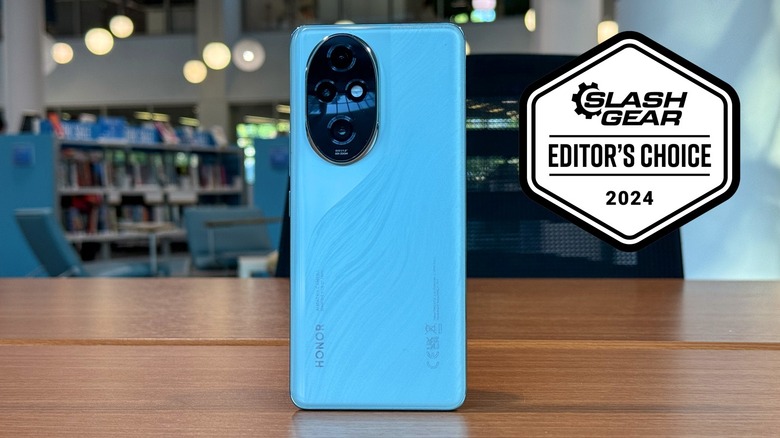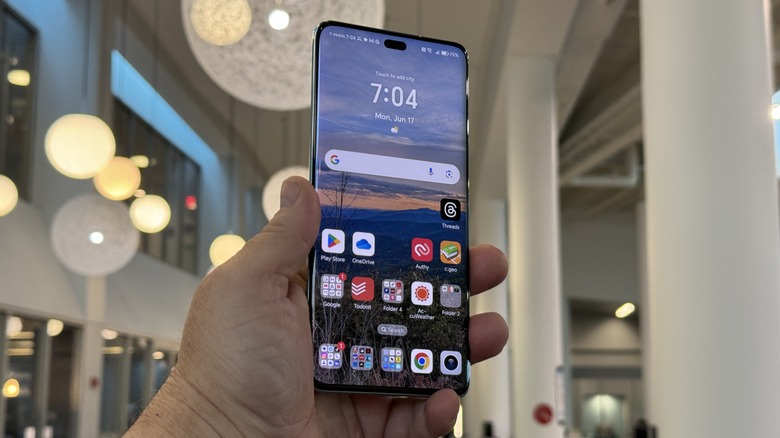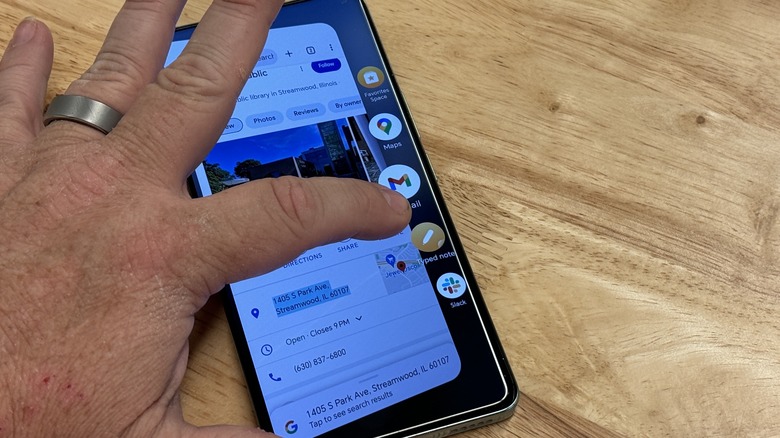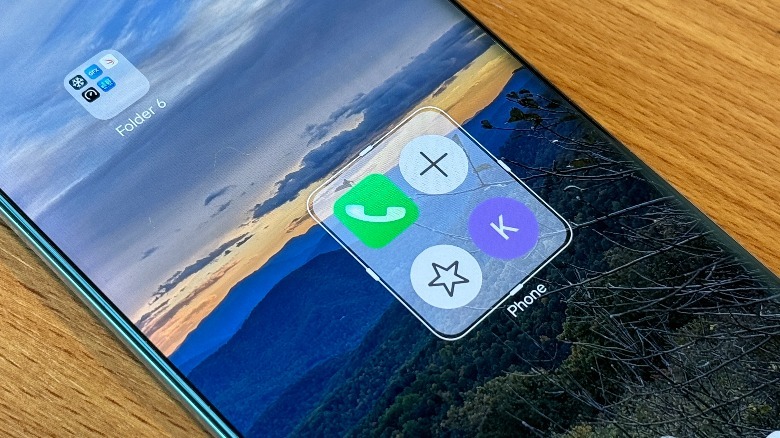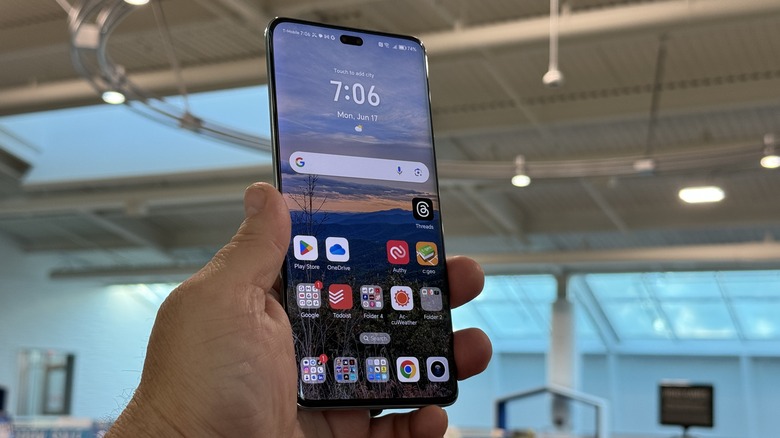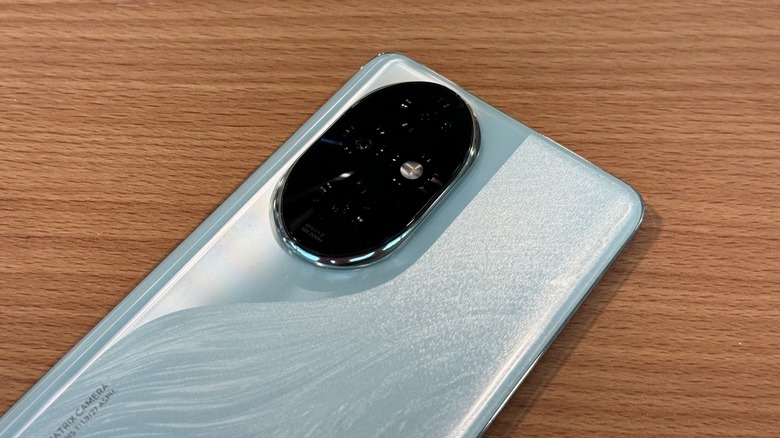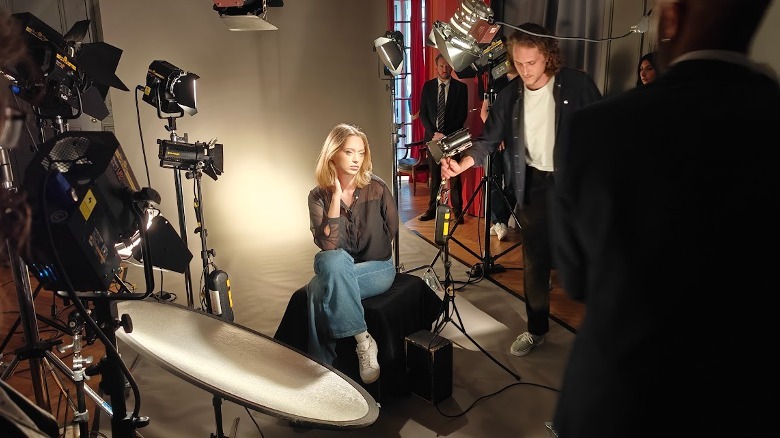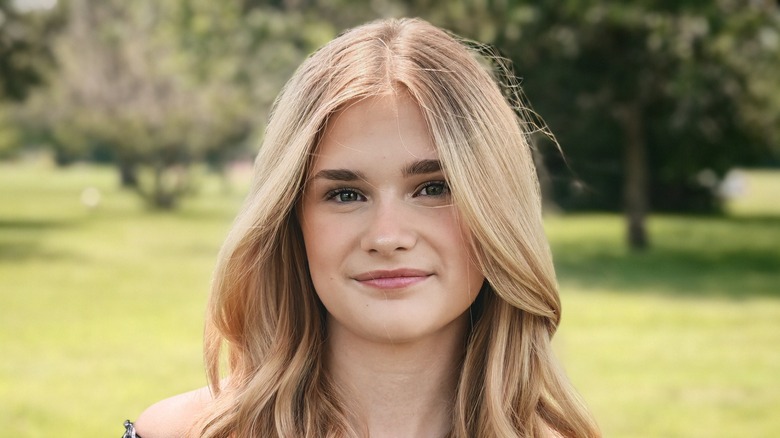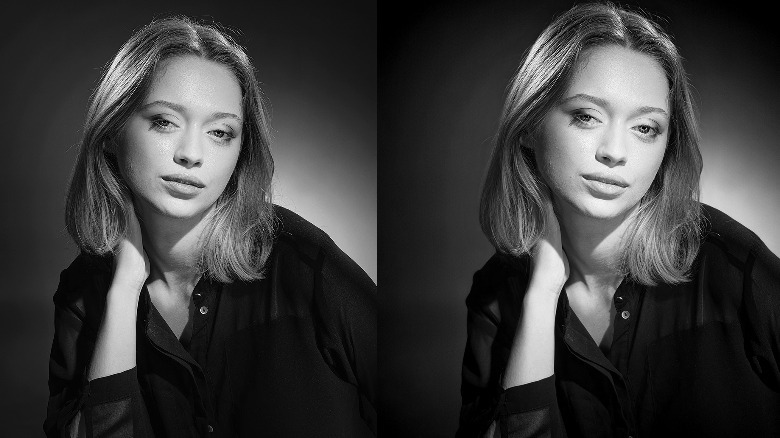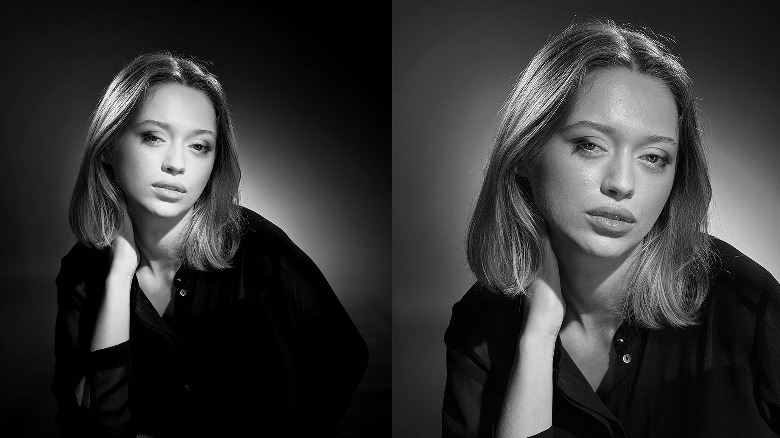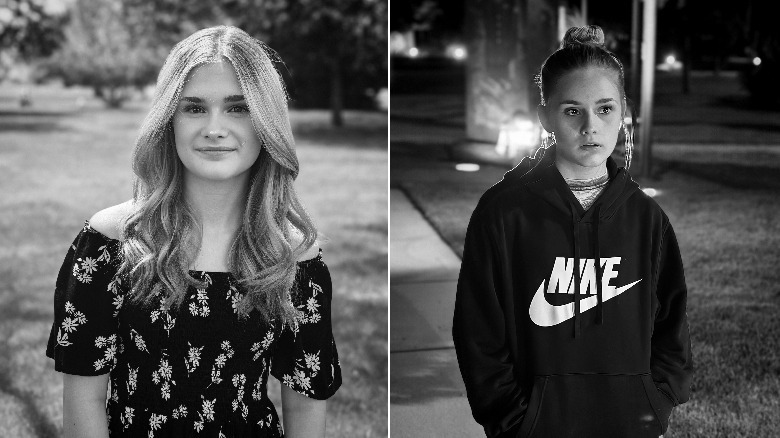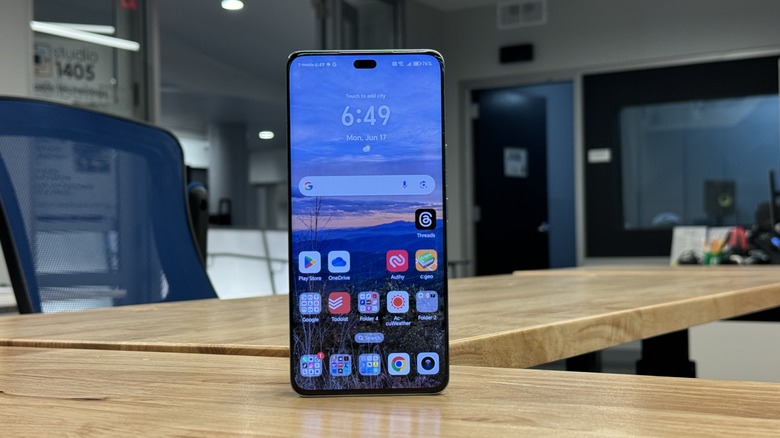Honor 200 Pro Review: Stunning Portrait Photography In A Fine Phone
- Stunning portrait camera
- Little to no motion blur during the day
- Power specifications
- Beautiful hardware design
- No U.S. availability
- Non-portrait cameras are just ok for the price
It's hard for a phone to find an identity sometimes. As black rectangle after black rectangle hits the market, it seems like every phone needs a gimmick to make it stand out from the crowd. Sometimes that works, other times, not so much. So, when a phone comes along with a real showstopper of a talent, you stop and take notice.
The Honor 200 Pro isn't quite a one-trick pony — it has a lot going for it. But the one area that really stands out has to be photography, and specifically portrait photography. That's not for everyone, that's for sure, but it wouldn't be an exaggeration to say that this is one of the best portrait photography phones I have ever used.
What's funny about that is, I'm not so sure it's for the reason that Honor thinks it is. Honor wants to tell you it's really good for one reason, and even hosted myself and other media in Paris to show me that reason. In the meantime, my testing has shown that it's for a similar yet distinctly different reason, and we will get to all of that. I have been using an Honor 200 Pro review sample provided by Honor for one week, and this is my full review.
Power everywhere you want it
The Honor 200 Pro is not Honor's flagship phone, surprisingly. That honor (pun intended) goes to the Honor Magic 6 Pro which the company launched at MWC this year. But the Honor 200 Pro has all the specifications you might want in a flagship. You get a Snapdragon 8 Gen 3 processor, 12 GB of RAM, 512 GB of storage, 5,200 mAh battery with 100W fast charge, dual 50MP main/telephoto cameras and a 12 MP Ultrawide camera. Add to that a 6.78" AMOLED display with 120Hz refresh rate. That stands toe-to-toe with any flagship out there.
Meanwhile, the design is quite striking — the camera island on the back is an oval of immense proportions. The phone comes in three colorways — Moonlight White, the Ocean Cyan I tested, and black, at which point, I guess they ran out of marketing names. The backplate has a swirling design reminiscent of ocean waves and it seems to change color depending on how the light hits it. It's really gorgeous and it weighs just 199 grams (approximately 0.44 lbs). It's an impressive bit of industrial design that really stands out.
AI-ish software
The Honor 200 Pro runs Honor's Magic OS 8.0 operating system, which is based on Android 14. Honor has added a few neat tricks to the software including what it calls the "Magic Pill" which apes the Dynamic Island scheme of the iPhone 15 Pro. There are still some flaws there — often the music waveform shows in the Magic Pill even when nothing is playing.
Meanwhile, Honor also loves to show off its Magic Portal which they suggest is driven by AI. The idea here is that you can drag anything you want over to the side of the phone, and you'll get a selection of apps that you can drag that information to (as shown in the photo above). If you highlight an address, the Magic Portal will allow you to open that address in Maps. Of course, it'll also give you other suggestions like email or Slack, so let's just say it's not exactly psychic. Also, a standard feature of Android 14 is any time you highlight an address, you get Maps as an option in the context menu.
One particularly neat thing is the ability to expand app icons for additional functionality. This is something a developer needs to implement, similar to long pressing an app and getting a context menu. If the options are there, you can expand that app on your home screen for quicker access to those options. Those apps won't go into folders though, which is a bit of a bummer. Also, discoverability is still an issue.
Performance is stellar
As expected, bearing the latest Qualcomm Snapdragon 8 Gen 3 processor, the performance on the Honor 200 Pro is quite good. It's very fast, and very smooth, even when utilizing the onboard "AI" suggestions. Gaming with apps like "Genshin Impact" and "Call of Duty: Mobile" are both fast and smooth, with no dropped frames on default settings. The phone does not heat up under sustained pressure, even with a case on. Geekbench scores the phone at 1,580/4,496 single and multi-core scores.
As for battery, this is probably a 1.5 to 2-day phone depending on how much you use it. During my day for photo testing which was away from Wi-Fi for most of the day and involved heavy use of the camera, the phone still had around 30% left in the tank at bedtime. Your mileage of course may vary, but it's safe to that this phone can power you through your day with ease
Putting the camera first
That brings us to the main event. Honor made no secret of the fact that this phone is all about camera performance. Specifically, Honor partnered up with Studio Harcourt in Paris to train its portrait AI. There's a lot of unpack there, so let's start from the beginning.
If you're not familiar with Studio Harcourt, that's probably ok, because Harcourt is not exactly for the everyday consumer. The studio specializes in headshots, such as those used on a lot of IMDB profiles you've seen. Studio Harcourt has taken headshots of just about any television or film star you can think of including Keanu Reeves and John Malkovitch.
Harcourt's thing is that it uses lights to essentially paint the subject in a particular way. They showed us the process by which they shoot their headshots. It involves a lot of light and a lot of shadow. Notice the mutiple lights and reflectors in the photo above. This is a production. It creates a distinct look, and through the collaboration, Honor trained its AI model on the Harcourt catalog.
So, it would stand to reason that when you take a portrait shot, the AI should try to replicate that shot with the light and shadows. But that's not what happens. There are three modes for portrait shots — Harcourt Classic, Harcourt Color, and Harcourt Vibrant. Harcourt Classic is black and white, while the other two — well you can figure it out from the names. So, what happens?
Harcourt results
Frankly, portrait shots are stunning. I said earlier that these might be the best portrait shots I've seen from a phone, and that's not rhetoric. These shots are downright fabulous. Don't get me wrong, there are some that aren't amazing, but overall, it would be very hard to not take a great portrait shot of a subject with this phone, in any mode. Colors are awesome and the bokeh is top-notch. It's one of the best phones to handle wisps of hair around a subject's head.
But the question is, does the Honor 200 Pro do anything that another phone can't replicate? The short is no. The super nuanced answer is, sure. We're about to get super nerdy and picky here, so strap in. But before we get too far, allow me to shout out the model that posed for our group of 12 journalists individually, followed by me who produced no less than four phones. She had the patience of a saint. So, here's what happened in Harcourt's studio.
Take these two photos. One was shot on the Honor 200 Pro (left) and the other was shot on the OnePlus Open (right) with the black and white filter enabled.
Then there's these two, taken with the iPhone 15 Pro (on the left) and the Pixel 8 Pro (on the right). The difference here is that these photos were taken in color and converted to black and white with a filter. The Pixel 8 Pro photo is a virtual carbon copy of the OnePlus and Honor phones. The iPhone is a different story. It produced a much more evenly lit photo (despite Harcourt's lighting) and overall captured quite a bit more detail, which is simply a different philosophy when it comes to photography. Nothing wrong with that.
But where that leaves us is that in this setting, the Honor phone doesn't do much more than any other high-end phone. So, let's leave the studio.
Stepping outside
When we stepped outside, I drafted writer Michael Josh to pose for me, and he was not nearly as patient as our friend inside. I only grabbed shots with the OnePlus (left) and the Honor 200 Pro (right). Once we stepped away from the studio lights, something interesting happened. The OnePlus photo with the black and white filter looks a lot like the iPhone: you get much more even lighting and a bit more detail in the skin. So already, you can see the results. It's subtle, but noticeable.
Back on the home front, we have some more portraits of my children, both with two and four legs.
First of all, we have two color Harcourt filters — Color and Vibrant (in order above) — and they come as advertised. If you want a little bit of Samsung pop, choose vibrant; otherwise, choose color.
When dealing with animals, you can lose a bit of focus as evidenced above in the black and white shot, but part of the problem is that animal heads have a bit more depth than a human, so they can be troublesome.
Meanwhile, for people — the excellent part about these two photos (aside from the subject) is that these photos were taken in broad daylight and at night respectively. The photos are still stunning. There's excellent detail, especially around the stray hairs that don't get absorbed by the background. There was a little bit of oddity around the hair in the night photo, but that may be because of the light source behind her.
That same fuzziness doesn't show up in a photo taken a bit later in similar conditions. Put simply, the portrait capability from this phone is simply ridiculously good.
The rest of the story
The cameras in non-portrait mode are pretty good as well during the day. The ultrawide camera runs a little cool compared to the main and telephoto sensors. But otherwise, color consistency is pretty good. All the sensors capture more than enough detail when the lighting is good. The selfie camera is a bit hazy, which is not ideal. I checked — the lens was clean. Video on both sides of the camera is nice and stable with or without subjects in the frame during the day. Motion capture is also solid.
Waving flags and moving roller coasters will exhibit a bit of grain, but that's about the only flaw you'll find. Overall, these are very good to great cameras when lighting is good.
At night, quality takes a hit, because that's how physics works. Notably, photos taken with the ultrawide camera are universally not good — either light sources get blown out or there's too much grain in the photo to take it seriously. Photos taken of unmoving subjects are pretty good overall.
Interestingly, if your subject is a person, or in this case an animatronic robot, switching to portrait mode cleans up the photo a lot more, morphing from good to borderline great.
Video at night is also not great when you have a subject or without. There's too much judder in the image to use basically anything. In that sense, the camera starts to show its flaws. But that's really all there is to complain about.
Honor 200 Pro Price, availability, and final verdict
The Honor 200 Pro launched first in China and most recently in the U.K. for £699.99, which is almost $900 in USD (converted at publishing time in June 2024). That's a lot of money for a phone that Honor doesn't call its flagship. If you're a photography enthusiast, this is a great phone to carry with you. It's fast, powerful, and has a very respectable camera set. But it's mostly about the portraits, which, if I'm being honest, I'm not sure how much of that is Harcourt, how much is AI, and how much is just really great cameras tuned for this one job.
But, however that particular sausage is made, it's remarkable. Is that alone worth $900? No. But when you combine it with everything else that Honor brings to the table, and you hover somewhere in between probably and definitely. But you have to be that kind of customer. If you don't care about portraits, there are probably cheaper options for you but not a single one of them will take photos of you or your friends and family nearly as well.
